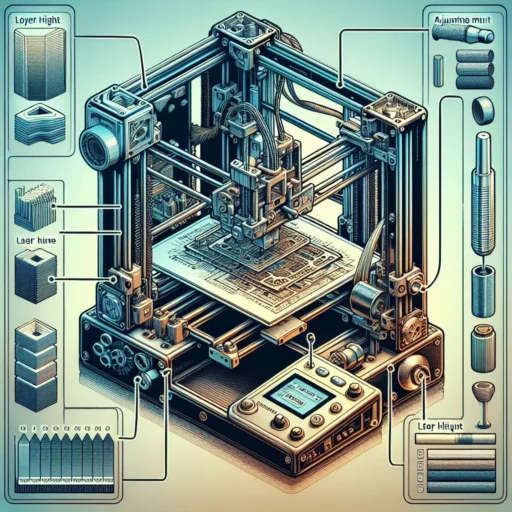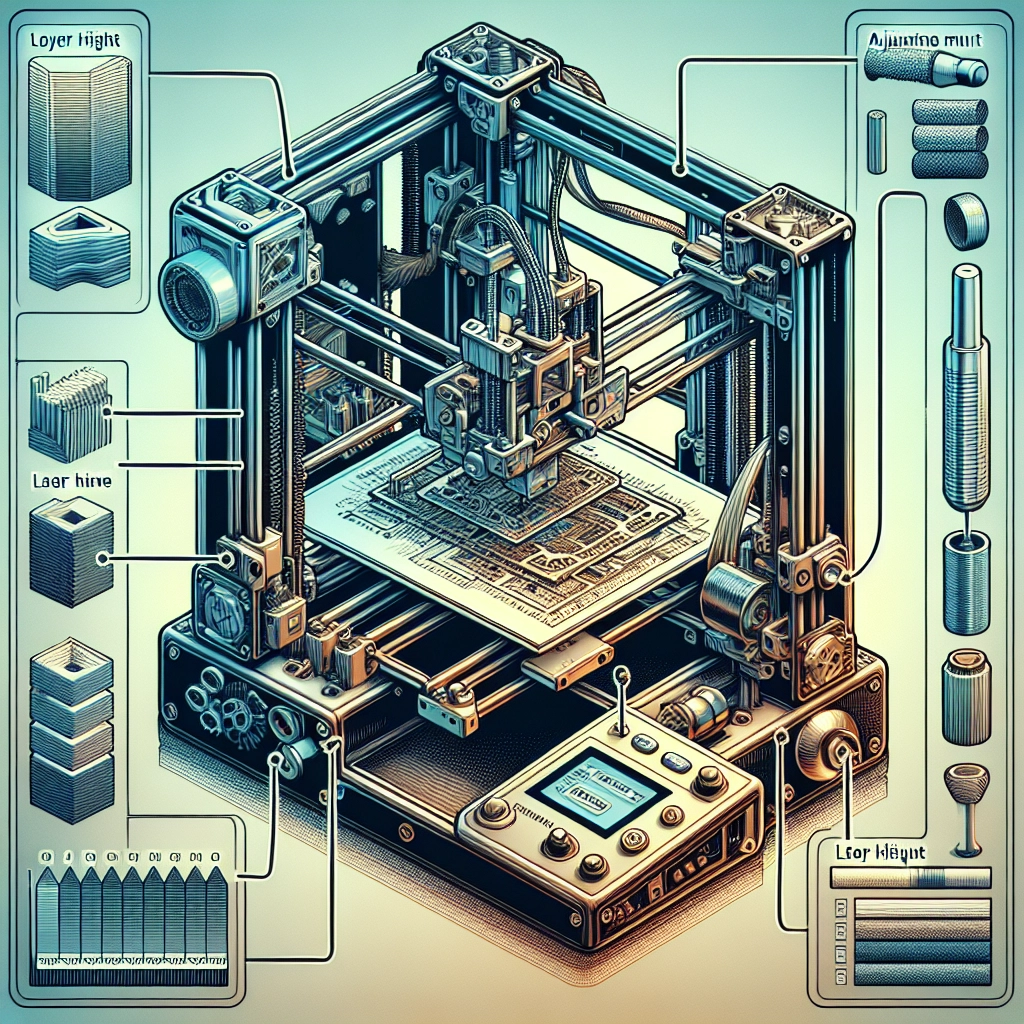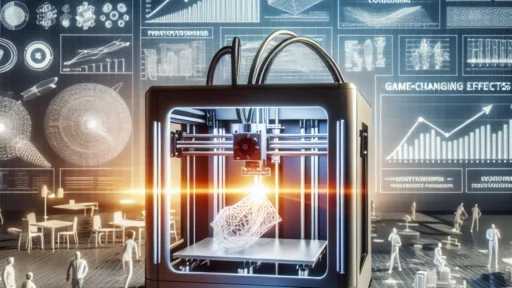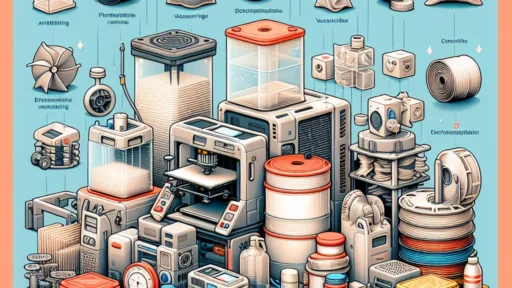Maximizing Print Quality: Layer Height and Speed Settings
If you’re an avid 3D printing enthusiast, you’ve likely realized that achieving the perfect print quality can sometimes feel like an art form. Between selecting the right filament, configuring the temperature, and even making sure your model is oriented correctly, it can be overwhelming. But, if there’s one concept that can significantly influence your print quality, it’s the relationship between layer height and print speed. So, let’s dive into the nitty-gritty of how these two settings can make or break your prints.
Understanding Layer Height
Layer height is, quite literally, the thickness of each individual layer that your printer lays down to create an object. It usually ranges anywhere from 0.1 mm to 0.4 mm for most common filaments, but both industrial and hobbyist printers can often handle even finer resolutions or thicker layers, depending on the printer’s capabilities and the material used.
When you choose a smaller layer height (think 0.1 mm), you’re allowing for more layers to be printed throughout the entire process. This can lead to stunningly detailed prints, especially for intricate designs and models that involve a lot of delicate features. Smaller layers help in minimizing layer lines and can give your prints a smoother finish.
Conversely, a larger layer height (like 0.3 mm) is often quicker to print and works wonders for bigger, less detailed objects. While this can save a ton of time, the trade-off is that the prints will likely have more noticeable layer lines and may lack some of the finer details.
So, what’s the key takeaway here? If you’re printing a highly detailed model where aesthetics matter, go for a smaller layer height. If you’re cranking out something functional and don’t need it to be incredibly pretty, opt for a larger layer height. Knowing the purpose of your print is vital in making this decision!
Playing with Print Speed
Now, let’s talk about print speed. This refers to how fast your 3D printer moves while it’s laying down filament. It might be tempting to crank this speed up in hopes of making your prints lightning-fast, but hold that thought! Speed settings can drastically affect print quality.
When printing at higher speeds, say 70-100 mm/s, your printer can become less accurate, especially when dealing with sharp corners and intricate detailing. This is because the inertia of the moving print head or the platform can lead to overshooting and wobbling. Think of it like trying to draw a straight line while speeding down a bumpy road—likely not the cleanest result, right?
On the flip side, printing slower (around 30-50 mm/s) allows the machine to lay down the filament with more precision. Each layer receives gentle attention, leading to crisper edges and fewer details getting lost in translation. This is particularly important for those prints with tiny, intricate features that would otherwise get smudged or skipped over at high speeds.
The Sweet Spot: Finding Balance
The truth is, layer height and print speed work hand in hand, like two puzzle pieces that fit together to create your final masterpiece. If you opt for a very low layer height, it’s generally wise to slow down the print speed to ensure every layer gets the attention it needs. Conversely, if you’re in a time crunch and raise your layer height for quicker results, you might feel safer increasing your print speed as well—but tread carefully.
Many experienced printers recommend a layer height-to-speed ratio that feels balanced. For instance, if you’re printing at 0.2 mm, a speed between 40-60 mm/s is quite common. This allows for a nice sweet spot where you can maintain quality while not spending the whole day waiting for your print to finish.
In Conclusion
Maximizing print quality boils down to understanding the interplay between layer height and print speed. As a 3D printing aficionado, playing around with these settings will empower you to really hone your skills and create objects that not only function well but also captivate the eye. The beauty of 3D printing resides in its versatility and customization, so don’t be afraid to experiment and discover your unique balance. Whether you’re printing a prototype, a decorative piece, or that perfect gift, getting to know your printer’s capabilities and limitations will undoubtedly elevate your crafting experience. Happy printing!






